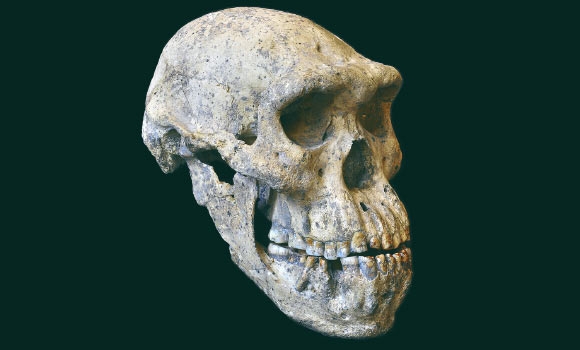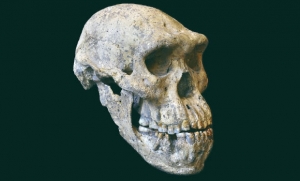Rome to Host Event Commemorating Skull That Rocks History
ROME – The event, dedicated to skull 5, a 1.8-million-year-old skull blends features of a number of early human species, is to be held at La Lanterna Roma of Massimiliano Fuksas, on Thursday.
The Scudo di San Giorgio Association will host the large scale event GeorgiaOne, which is a part of a grand promotional project for Georgia, as a bridge between Asia and Europe, with the patronage of Princess Khetevane Bagrationi.
Renowned Georgian archaeologist David Lordkipanidze will present the latest data on these revolutionary findings on Thursday 3rd of March, at 3:30 pm at Lanterna Roma.
“A skull overturns centuries of certainties and tells us that we might all be Georgians. This is the most complete skull of an early human ancestor and it transforms our understanding of the origin and evolution of the genus Homo,” Lordkipanidze commented.
This finding, together with other four skulls found in Dmanisi, a small town and archaeological site in the Kvemo Kartli in Georgia, has shaken international academia, witnessing empirically the migration of the first homo-individuals from Africa and their spreading on the European continent two million years ago.
The morphological characteristics, once considered clear signs of an interspecies evolution, reveal instead how the human gender originated from a single species, characterized by a great morphological variety amongst single individuals.
Starting from Dmanisi, the event will broaden its scope to a promotion of Georgia. A strategic bridge between Europe and Asia, after the decline following the independence from the Soviet regime and the military confrontation with Russia in 2008, today Georgia experiences a touristic boom with a remarkable growth of visitors to the ancient cities
The debate between the scholars will unfold during the Roman event.
Zaza Urushadze, an Oscar nominated Georgian film-director, well known for his war time drama Tangerines [Mandarinebi] will attend the event in Rome.
By Tamar Svanidze
Edited by Chloe Diamond
Photo: Guram Bumbiashvili/Georgian National Museum












